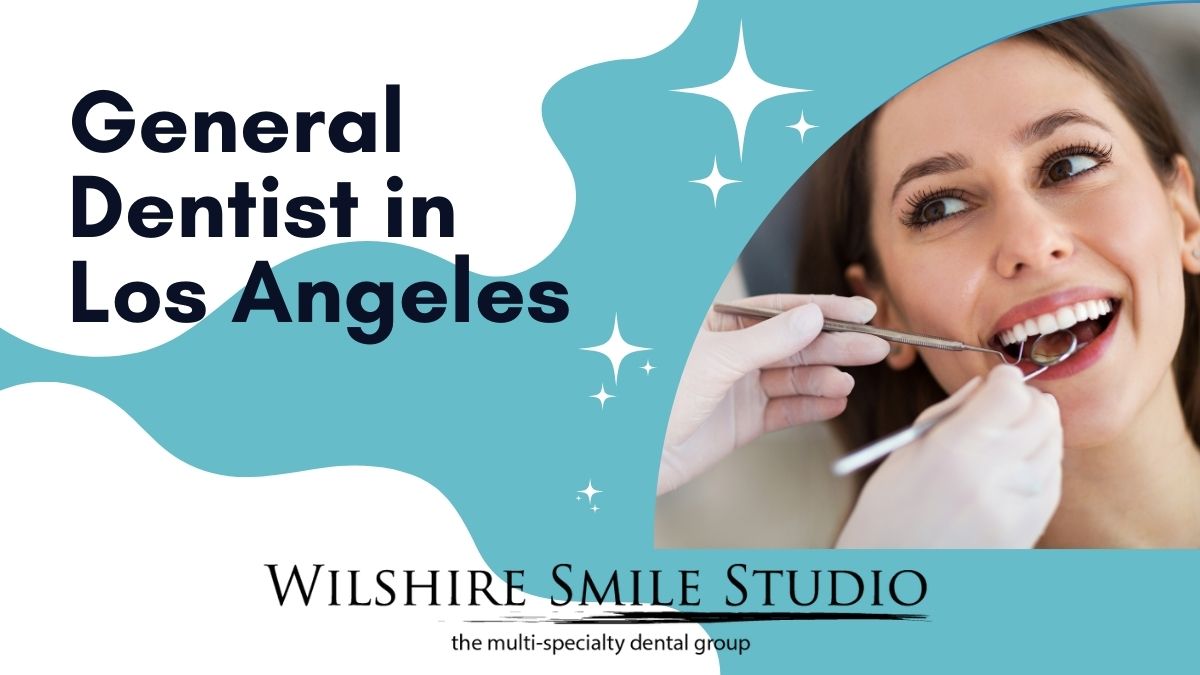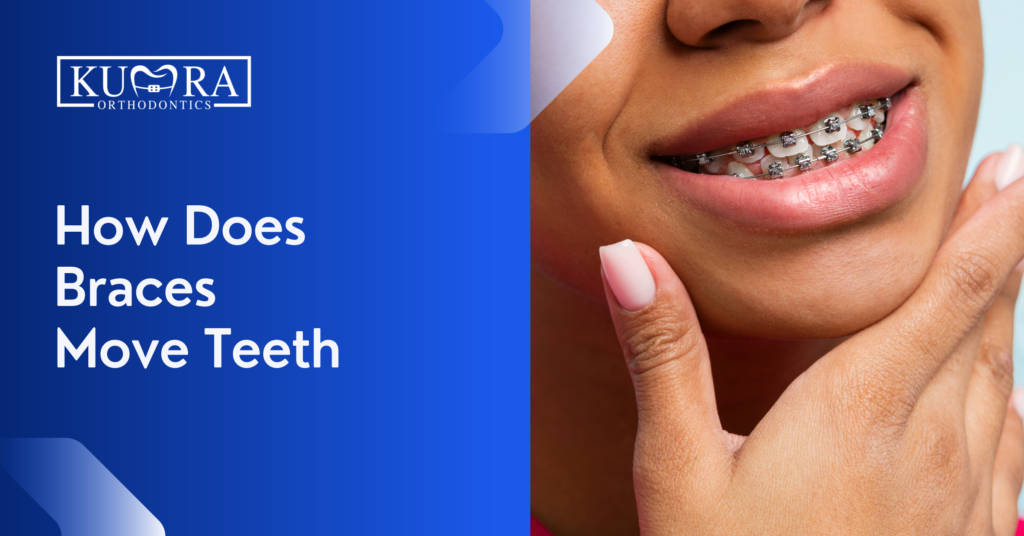The smart Trick of Legacy Orthodontics That Nobody is Discussing
An orthodontist is a dental expert educated to identify, protect against, and deal with teeth and jaw abnormalities. Orthodontists function with people of all ages, from youngsters to grownups.
Malocclusion, or misaligned teeth, can result in dental issues, including tooth decay, gum condition, and tough or agonizing eating. However not every person is born with straight teeth. If you have a poor bite or big areas between your teeth, you might want to seek advice from a dental expert specializing in orthodontic care.
Getting The Legacy Orthodontics To Work
( Picture Credit Rating: DigitalVision/Getty Images) Orthodontists use dealt with and removable oral tools, like braces, retainers, and bands, to alter the placement of teeth in your mouth. Orthodontic therapy is for dental abnormalities, consisting of: Uneven teethBite problems, like an overbite or an underbiteCrowded teeth or teeth that are as well far apartJaw misalignmentThe objective of orthodontic therapy is to improve your bite.
A healthy bite ensures you can consume, eat, and talk appropriately. While you could consider orthodontists as mostly for kids or teenagers who need braces, they can fix oral issues at any type of age. Orthodontists go to college, oral school, and orthodontic school. After graduation, they spend 2 or 3 years in an orthodontic residency program.
All orthodontists are dental practitioners, however not all dental practitioners are orthodontists. Orthodontic residency programs use extensive, concentrated instruction for oral professionals. They focus on 2 areas: How to properly and securely relocate teeth How to properly guide growth in the teeth, jaw, and faceOnce an orthodontist has finished training, they have the alternative to come to be board accredited.
The smart Trick of Legacy Orthodontics That Nobody is Discussing
Imbalance, or malocclusion, is the most usual reason people see an orthodontist. It is hereditary and is the outcome of size differences between the upper and lower jaw or in between the jaw and teeth. Malocclusion brings about leesburg braces tooth congestion, an askew jaw, or uneven bite patterns. Malocclusion is normally treated with: Your orthodontist affixes metal, ceramic, or plastic square bonds to your teeth.
Some individuals need a headwear to help relocate teeth right into line with pressure from outside the mouth. A retainer is a custom-made device that keeps your teeth in place.
They're frequently utilized on kids. They can create extra space in the mouth without needing to pull teeth. If you have a major underbite or overbite, you could need orthognathic surgical treatment (also called orthodontic surgical treatment) to extend or shorten your jaw. Orthodontists make use of cords, surgical screws, or plates to sustain your jaw bone.
You may need to see an orthodontist if you have: Crowding or otherwise adequate room for every one of your teethOverbite, when your upper teeth come your base teethUnderbite, when your bottom teeth are as well far forwardSpacing or problems with gapsCrossbite, which is when your top teeth fit behind your bottom teeth when your mouth is closedOpen bite or an upright space between your front bottom and upper teethMisplaced midline, when the center of your base and upper teeth do not line up Dealing with an oral malocclusion can: Make attacking, chewing, and talking easierImprove the balance of our face and your general appearanceEase discomfort from temporomandibular joint conditionsDifferent your teeth and make them simpler to clean up, helping protect against tooth decay or cavities It's usually a dental expert that first notifications misaligned teeth during a regular exam.
An Unbiased View of Legacy Orthodontics

During your very first orthodontic appointment, you'll likely have: An oral examPhotos taken of your face and smileDental X-raysPanoramic (360 degree) X-rays of your face and headImpressions to create molds of your teethThese examinations will certainly assist your orthodontist recognize exactly how to proceed with your treatment. invisalign. An orthodontist is a dentist who's had training to treat your teeth and jaw
Orthodontists might do surgery, exams,X-rays,and more to aid you acquire an extra comfy, much healthier smile. An orthodontist is concentrated on your bite, so something like a broken tooth would be handled by a dental practitioner. Orthodontists are dental experts yet not all dental professionals are orthodontists. Orthodontists are concentrated on your bite, or the means your teeth fit with each other, and the straightness of your teeth.
Ever before questioned how celebs always seem to have completely straightened teeth? The answer frequently hinges on the competent hands of an orthodontist. What exactly does an orthodontist do? Orthodontists are oral professionals who concentrate on remedying abnormalities in the teeth and jaws. Their competence surpasses just producing a beautiful smile; it reaches boosting your general oral health and feature.
See This Report about Legacy Orthodontics

, orthodontists have a diverse toolkit at their disposal. These reliable braces make use of a system of brackets bonded to the teeth and linked by wires.
These removable trays are personalized to progressively shift the teeth's setting. In cases of narrow jaws, palatal expanders can be used to create room for appropriate tooth placement.
Comments on “Some Ideas on Legacy Orthodontics You Should Know”